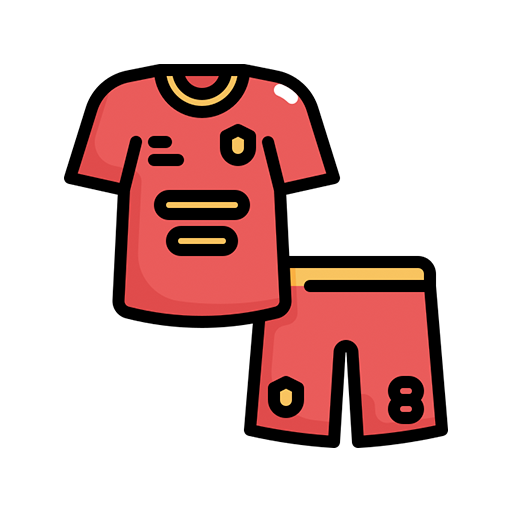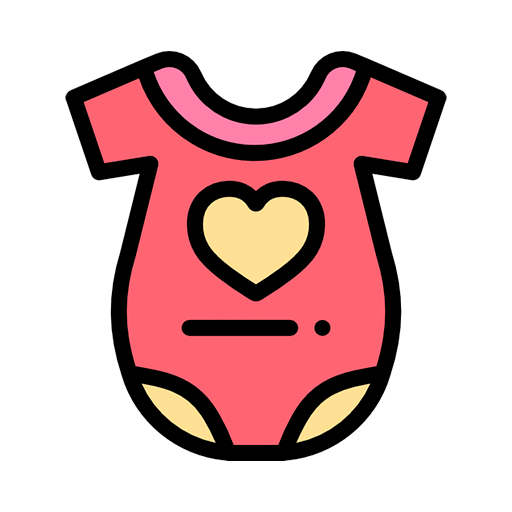
Do Babies Need Sleep Sacks?
Share
The baby sleep sack must be on the list of the greatest parenting inventions in the 20th century! Many new mothers may ask, "Does my baby need a sleep sack? What benefits does a small sleep sack bring to the baby's sleep?
1.The Benefits of Sleep Sacks
Using a sleep sack comes with numerous advantages, primarily in the following aspects:
Guaranteed Sleep Quality for Babies. suitable sleep sacks ensures constant temperature and humidity for babies during sleep, preventing them from waking up frequently due to drastic changes in temperature and humidity (such as kicking off the blanket or being covered too much).
Safe Sleep Environment for Babies. Using a sleep sack eliminates the safety hazard of having blankets or quilts nearby that could potentially block a baby's nose and mouth, causing suffocation. This ensures a safe sleep environment, especially for 0-3 monthes babies who are not yet able to turn over flexibly.
Significant Improvement in Parental Sleep Quality. If a baby sleeps with a blanket, parents of particularly active baby may have to wake up multiple times in the middle of the night to check if the baby has kicked off the blanket. This undoubtedly affects parents' sleep quality. With a sleep sack, no matter how much the baby turns or rolls around, they will always have a layer of coverage similar to a blanket to keep them warm, making it a great tool to improve parents' sleep quality.
2.How to Choose a Baby Sleep Sack
A suitable sleep sack not only ensures a high-quality sleep for the baby but also frees up parents from constantly waking up to check if the baby is properly covered. So, how do you choose a sleep sack for your baby?
When selecting a baby sleep sack, the first factor to consider is the fabric.
Baby sleep sack products need to pass Oeko-100 Standard Text testing. Only soft, comfortable, and delicate fabrics that are skin-friendly can ensure that the baby wears it comfortably. Cotton fibers are flexible, plain, and have a delicate and soft touch, making the fabric produced from it feel excellent.
Besides 100% pure cotton material, bamboo-cotton material is also a good choice. Bamboo-cotton material has a porous network structure, making the fabric "breathable" and better able to dissipate moisture and heat. Moreover, bamboo-cotton gauze has antibacterial properties, with a tested antibacterial rate of over 99% against Candida albicans, Staphylococcus aureus, and Escherichia coli, providing added peace of mind for babies.

You can learn more about sleeping bag fabrics through this link.
For padded sleep sacks, the filling material should be selected as a heat-generating polyester fiber that combines lightness, fluffiness, and better warmth retention, making it more suitable for babies. This type of filling material giving lightless feeling while baby covers.
Thickness of Baby Sleep Sacks
There are different thicknesses of baby sleep sacks available, and parents can choose according to the local weather conditions.
Generally, when purchasing a sleep sack, it will clearly indicate the suitable temperature, and there will also be recommended dressing illustrations for use under different temperatures. And the care label will advise the sack tog range, parents can choose the sack tog based on the season.If you are concerned that your baby might get cold and add too many clothes inside the sleep sack, it may make your baby feel too hot and unable to sleep comfortably.
A standard for parents to judge whether a baby's sleep sack is suitable is whether the back of the neck remains warm after the baby falls asleep. This temperature should be checked about ten to twenty minutes after the baby falls asleep, as babies may experience physiological sweating when they first fall asleep.
Choosing Different Styles of Baby Sleep Sacks
Starting from the wrap-around swaddle sleep sack for newborns, mothers can select a baby sleep sack based on the baby's age and the indoor temperature requirements at home.
For babies under six months, the anti-startle sleep sack is recommended.

The anti-startle sleep sack is highly recommended for expectant mothers and new mothers with newborn babies. The startle reflex generally occurs from birth to three months, and most often disappears between 3 to 5 months after birth.
Using an anti-startle sleep sack during this period can give the baby a sense of security, ease the baby's startle reaction, reduce the number of times the baby wakes up due to the startle reflex, and improve the baby's sleep quality.
Many children enjoy wearing one-piece sleep sacks, which provide warmth while allowing their legs to stretch freely without any restriction. Some padded one-piece sleep sacks are designed with detachable sleeves, fully considering mothers' need for temperature regulation. Simply unzip and the sleeves can be easily removed.

Once a baby can flexibly turn over, an anti-startle sleep sack may overly restrict the baby's movements, posing a safety hazard. A split-leg sleep sack allows the baby to move freely and turn over easily, reducing the chances of waking up in the middle of the night.
Most babies can switch to a split-leg sleep sack starting from five to six months. Split-leg sleep sacks come in two styles: with or without feet coverage. If you're worried about your baby getting cold with their feet exposed, you can purchase a split-leg sleep sack with foot coverage.

It is important to note that parents should choose a split-leg sleep sack based on the size chart and avoid choosing a size that is too large. An inappropriate size can make it inconvenient for the baby to move and reduce the warmth-retaining effect.
The protective cloth design of the zipper head at the neckline can effectively prevent the zipper from scraping the baby's delicate skin when zipping or turning over in sleep. The two-way zipper design makes it easier to put on and take off.
The wrists and ankles of the split-leg sleep sack have elastic cuff designs, which can effectively prevent wind from sneaking in and provide a soft, comfortable, and non-tight fit.

The sack crotch designs with snap buttons, it is easier to change diapers or visiting bathroom during nighttime,to avoding baby getting cold.
3.What Happens to Children Who Use Sleep Sacks from an Early Age
Sleep sacks are excellent items for childcare, but many mothers have concerns. They worry that if their children get accustomed to using sleep sacks, they won't be able to cover themselves with a blanket when they grow up.
In the updated baby sleep safety guidelines, the American Academy of Pediatrics mentions that using a sleeping bag can reduce the risk of SIDS. Infants and young children who use sleeping bags will usually transition to sleeping without one naturally. According to relevant research and surveys, babies who have used sleep sacks since birth typically transition out of them and start using their own blankets by the time they reach kindergarten without experiencing any discomfort or adjustment issues.
Growth is a natural process, and covering oneself with a blanket when it's cold is a child's instinct. Of course, it's undeniable that there may be a small number of children who require a short transition period, but mothers shouldn't give up using sleep sacks for their children just because of this.
In conclusion, sleep sacks are truly beneficial with no harm, so let's arrange one for our baby as soon as possible!




